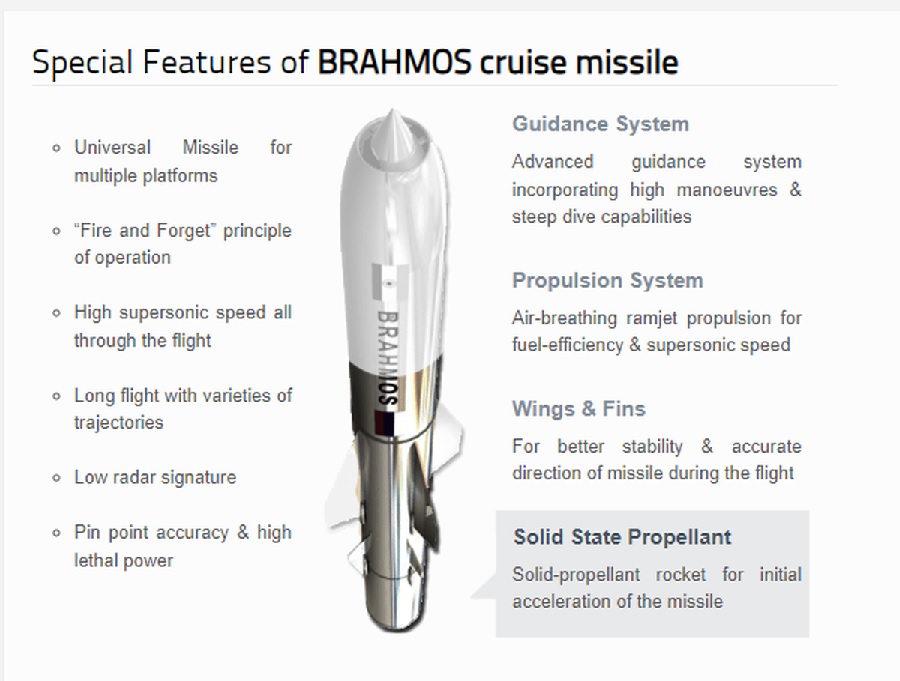900 319 0030
enquiry@shankarias.in
India’s decision to acquire 200 BrahMos Extended Range (ER) supersonic cruise missiles for its naval fleet represents a significant development in the country's defense capabilities.
|
BrahMos Missile |
|
What is the significance of BrahMos Extended Range Missile?

Quick facts
|
Missile Technology Control Regime (MTCR) |
|
References